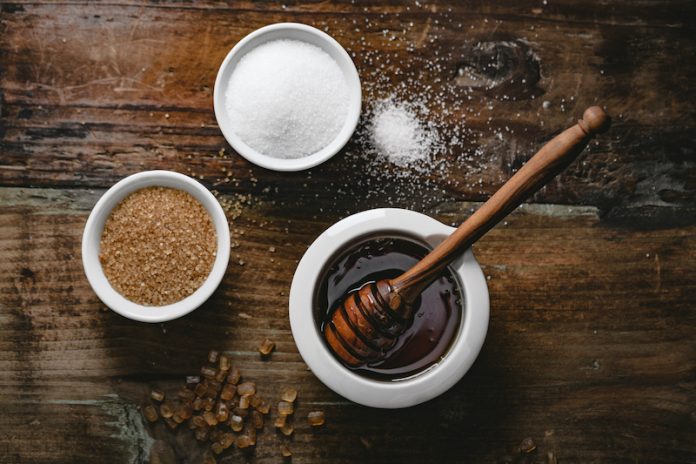
Most Americans are worried about how much sugar they are eating. A 2018 survey from market research firm Ipsos showed that 70 percent of U.S. respondents are either somewhat or very concerned about the amount of sugar in their diets. Respondents to the survey expressed concern with the sugar content in carbonated beverages, juices, and desserts, but also in products like flavored coffee, sauces, and condiments.
Throughout his 30-plus years of culinary experience, Chris Madsen, the executive chef at the 682-room Amway Grand Plaza Hotel in Grand Rapids, Mich., has seen his share of food and beverage trends. Madsen oversees a team of more than 90 chefs and cooks across the property’s seven restaurants and banquet operations. Today, he said, guests are more focused on “natural ingredients” and options that they see as healthier.
When it comes to sugar, Madsen said guest preferences differ depending on the environment—for instance, in the hotel’s restaurants versus in a banquet setting. “In banquet operations, there has not been a high demand for sugar substitutes. In pastries and desserts, we use as many natural ingredients as possible, including natural sugars,” he explained.
However, in the corporate travel segment, increased demand for lower sugar options is more pronounced, Madsen said. “Based on the client’s needs, we alter recipes or offer lower sugar items as substitutes. The main focus is always on trying to deliver something delicious and beautiful for the guest,” Madsen explained. “With our corporate clients, this trend of reducing sugar is part of a larger focus on healthier options in general. Candy breaks are being substituted for fresh fruit or vegetables, with cupcakes traded for Greek yogurt and berries.”
The hotel’s restaurants are also seeing more requests for sugar substitutes, Madsen added, with an emphasis on natural ingredients. “The average diner still likes to indulge in desserts, but is looking to control sugar intake through portion size rather than sugar content,” Madsen explained. “The two items that we do see regular requests for from guests are honey or agave syrup in place of white sugar. Demand for both of these has increased, and I think both are perceived by guests as healthier options.” To accommodate these preferences, Madsen said the hotel stocks alternative ingredients and creates menus with lower sugar options.
Hotels across the industry are also stocking their grab-and-go marketplaces to meet guest demand for fresh food and beverage options and “healthier” alternatives, including adding lower sugar products, which are increasingly available: Companies ramped up their launches of new lower sugar products by 19.2 percent between 2015 and 2017, according to market research company Mintel.
The main driver behind these trends, Madsen said, is the general desire to be healthier. “I see this as something that will gain momentum in the future,” he added. “I don’t think dessert is going to completely fade away, but the responsible chef must be adaptable, offer alternatives, and consider portion sizes to appeal to the demands of today.”











